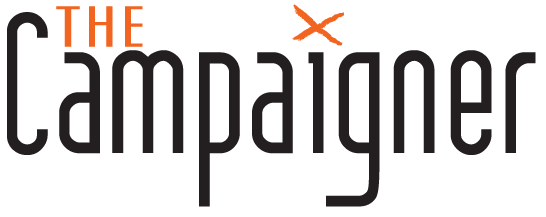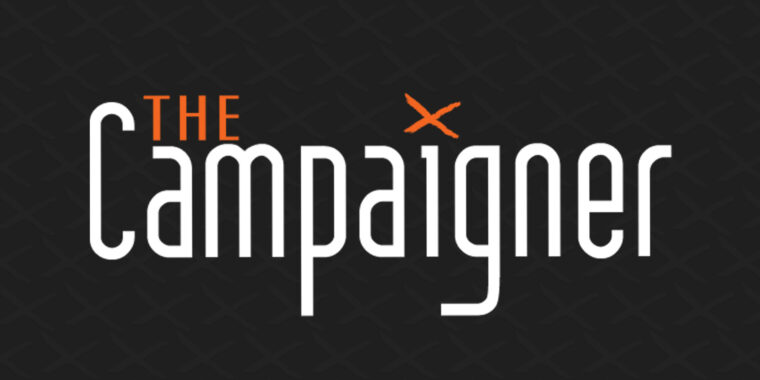
A few days ago Proxy Army announced its shutdown. They had been primarily looking at introducing affordable and adaptable 3D printing technology into the tabletop and miniatures hobby. The Campaigner talked to Tristan Morris, President and founder of Proxy Army, about the companies closure and the reasons behind it.
What are the main factors behind the shutdown of Proxy Army?
Economic. Our Kickstarter was not as successful as we had hoped, largely due to price. People recognised the quality of our models and the potential of 3D printing, but most gamers were not willing to pay a 50% premium for it. While we did have quite a few generous supporters, we were determined to be the 3D printing company for every gamer, and so tried to keep prices as low as we could. That kept our revenue low, but it didn’t bring in as many new customers as we had hoped.
Some companies that entered the market after us — such as HeroForge — took a different approach. They charged much more than us per model, generating far larger revenue from that small base. Hopefully they’ll lower prices in time, but for right now, they’re definitely pricing themselves as a luxury product for gamers who have money to burn.
Did failing to successfully fund you Kickstarter campaign in November last year play any part in your eventual closure?
Indirectly, yes. The lack of money from the Kickstarter wasn’t crippling, but the fact that there wasn’t enough of a customer base for our product to fund the Kickstarter was significantly more concerning. We did consider raising another round of investment after, but eventually decided against it.
After the Proxy Wars Kickstarter there was a brief burst of public activity from Proxy Army, followed by almost five months of silence. Was this a deliberate decision to ‘go dark’?
No — that was crunch-time starting. Immediately after the Kickstarter, we realised that people were not interested in our models at the price we’d posted, and so we started a several month long project blitz to find a way to add new features and shave down on the price. We did add new features — such as tokens, logos, and insignia on units—and did manage to drop the price, but not enough that we felt we could re-launch.
You have made quite a few 3D models available for purchase through Shapeways. Is this your entire catalogue of 3D models, or are there more that will just never see the light of day?
That’s a small fraction of our catalogue. I won’t say the rest will “never” see the light of day — my former art director still has them, and may clean them up for release—but since none of us are getting paid any-more, it’s understandably a low priority for him. Probably the biggest omission just by number of models is the token collection. Our custom token generator spit out over 2000 unique token designs, based on shape, logo, material, size, etc.
How far into development did you get with the 3D model manipulation tool? What is going to happen to this now?
Far enough that it worked, not far enough that we can sell it. This is probably the biggest loss in the project—the models are still good, and more may be uploaded to Shapeways over time, but the 3D model tool is a total loss.
You had previously stated that you expected 3D printing technology prices to drop. Over the last five months did the 3D printing industry develop along the lines you were hoping?
More or less. Prices haven’t dropped as quickly as I thought, but that’s mostly due to the fact that many 3D printing firms (such as Shapeways) are hurriedly adding new features and improving the quality of their prints.

Do you still believe in 3D printing being the future of tabletop games?
Absolutely. Hero-Forge has already demonstrated that it’s the future of high-priced minis, now it’s just a matter of bringing the price down.
What are the major hurdles to overcome for 3D printing to become a viable part of tabletop games?
The price tag. Proxy Army proved that 3D printed models can be as good as top-quality finecast for considerably less money, and Hero-Forge proved there’s a business in selling top-shelf custom models. Once those models start getting out into the community, I think you’ll see a growing demand for lower-priced alternatives, and things will spread out from there.
Why do you think the tabletop game community didn’t latch onto 3D printing like you had hoped?
The support of the community was fantastic overall, they just were not willing to pay a 50% markup for a custom model collection.
How could this attitude be changed in the future?
I do think that people will become more willing to pay for custom models as 3D printed miniatures become more common and they have a chance to examine them in person. Mostly though, the price will just have to come down.
What do you feel were the major achievements of Proxy Army?
We inspired a number of followers, brought people into the 3D printing movement, and made some gorgeous models. While it may not have worked out, I’m sure we pushed the gaming industry a year or two closer to 3D printing, and I’m proud of all the minis we created.
If you had the opportunity to start again from scratch, what would you approach differently?
If I had to do it all over again, I’d take the Hero Forge approach—focusing much more on ultra-high quality models for gamers with money to burn. That would have let us put out a better starting collection and get our models into the community, before bringing our prices down over time. We tried to appeal to everyone before we were ready, and it ended up stretching us too thin.




